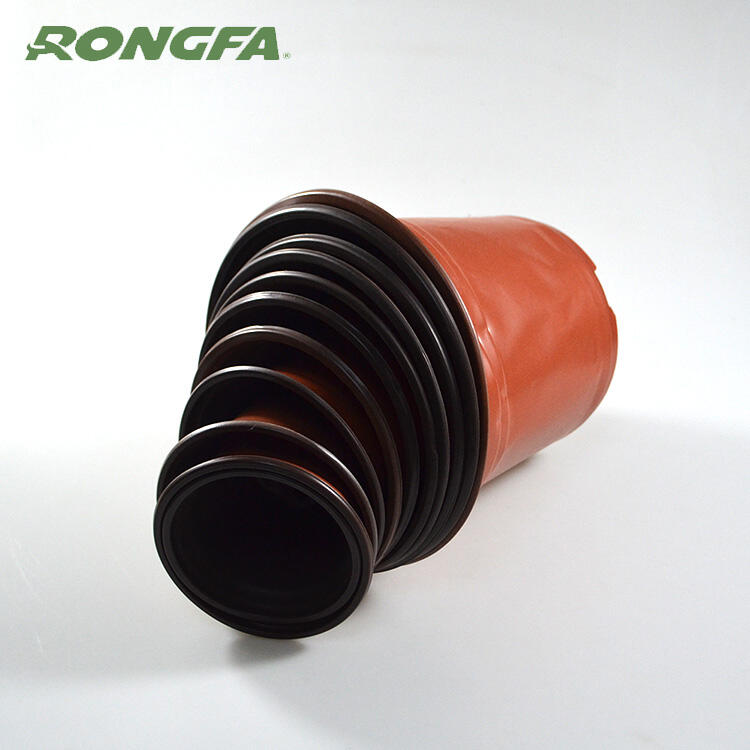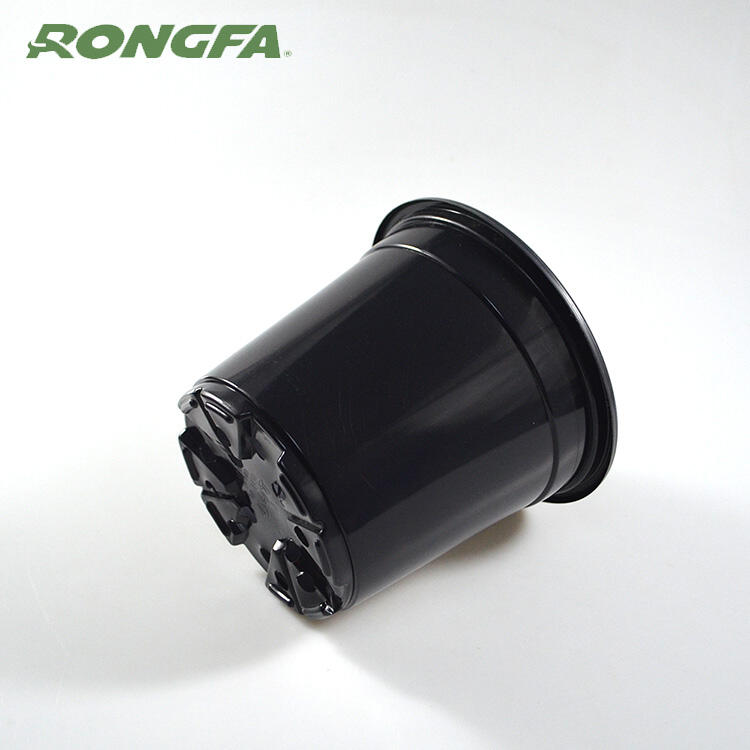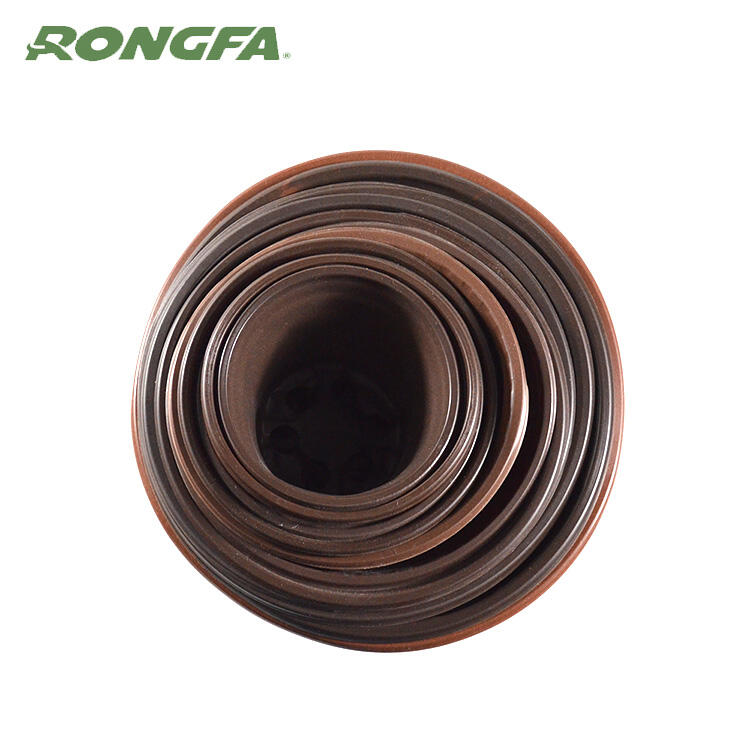Pasu semaian tumbuhan diperbuat daripada: Yang paling biasa ialah plastik, tanah liat, seramik, logam dan juga lain-lain yang diperbuat daripada bahan tertentu yang merosot dari semasa ke semasa (seperti sabut kelapa). Ia ringan dan mudah diangkut di taman atau rumah anda. Sebaliknya, pasu tanah liat atau seramik adalah lebih berat dan mengekalkan kelembapan dengan lebih baik yang merupakan perkara yang baik untuk kehidupan tumbuhan. Pada sisi negatifnya, periuk biodegradasi mungkin tidak bertahan lama.
Bentuk Periuk: Periuk terdapat dalam pelbagai bentuk. Periuk mungkin bulat, persegi, segi empat tepat, atau dalam beberapa kes, bentuk kebaharuan yang menyeronokkan! Pasu bulat bagus untuk tumbuhan bentuk tegar dan pasu persegi atau segi empat tepat berfungsi paling baik dengan tumbuhan yang lebih sempit dan memanjang. Apabila ia datang untuk menambahkan beberapa keanehan dan watak pada taman, pasu berbentuk novel boleh membantu anda mencapai perkara itu.
Warna: Warna periuk anda juga boleh membuat perbezaan! Sesetengah spesies memang mempunyai daun yang lebih kuning secara semula jadi - mungkin tidak ada yang salah! Periuk tanah berwarna gelap menyerap banyak haba, menyebabkan tanah berlumpur kering lebih cepat. Sebaliknya, pasu berwarna terang memantulkan cahaya matahari, dengan itu menyejukkan tanah anda dan mengekalkan kelembapannya. Nah, pertimbangkan warna yang anda suka dan bagaimana ia akan menjejaskan tumbuhan anda!
Sebuah pasu tanpa atau lubang saliran yang tidak mencukupi Lubang-lubang tersebut adalah sangat penting untuk membolehkan saliran air yang berlebihan. Sebagai contoh, jika anda menggunakan pasu tanpa sebarang lubang saliran di bahagian bawah, ia akan membolehkan air mengumpul tanah sesar yang menjadikan akar kekal busuk. Ruben de Villa, Pixabay Sentiasa pastikan pasu anda mempunyai lubang saliran yang mencukupi untuk memastikan tumbuhan anda gembira!

Membaja- Sama seperti bagaimana kita perlu makan untuk membesar, tumbuhan juga memerlukan nutrien untuk membesar. Setiap beberapa tahun, anda perlu menambah lapisan kompos ke dalam pasu anda hanya untuk pemeliharaan dengan tanah dan nutrien. Ini akan menggalakkan tumbuhan anda menjadi lebih besar dan lebih kuat. Rujuk kepada pembungkusan baja anda, yang akan menerangkan berapa banyak yang perlu digunakan dan bila ia perlu digunakan.

Apabila ia tumbuh dari masa ke masa, lambat laun anda perlu merepot tumbuhan. Apabila ini berlaku, anda perlu memasukkan semula tumbuhan anda ke dalam pasu yang lebih besar. Ini adalah sistem akar tumbuhan dalaman anda, dengan harapan untuk berada di dalam pasu yang lebih besar... berbuat demikian boleh membantu ia berkembang dengan optimum. Beri perhatian kepada tanda-tanda bahawa tumbuhan anda mungkin memerlukan repot (seperti akar mengintip keluar dari bahagian bawah, atau pasu penuh dengan akar), dan naikkan hanya satu saiz dari bekas asal anda.

Tumbuhan memerlukan pasu bersaiz yang sesuai untuk meletakkan akarnya. Dan jika anda memilih pasu yang terlalu kecil ia boleh mengehadkan pertumbuhannya. Sebaliknya, jika anda memilih pasu yang terlalu besar, maka anda mungkin mendapati akar reput kerana dikelilingi dalam tanah yang terlalu banyak. Ingat untuk memilih pasu yang cukup besar tetapi tidak terlalu besar sehingga terdapat banyak tanah tambahan. Peraturan yang baik ialah memilih pasu yang kira-kira 2 inci lebih lebar (diameter) daripada bola akar tumbuhan anda.